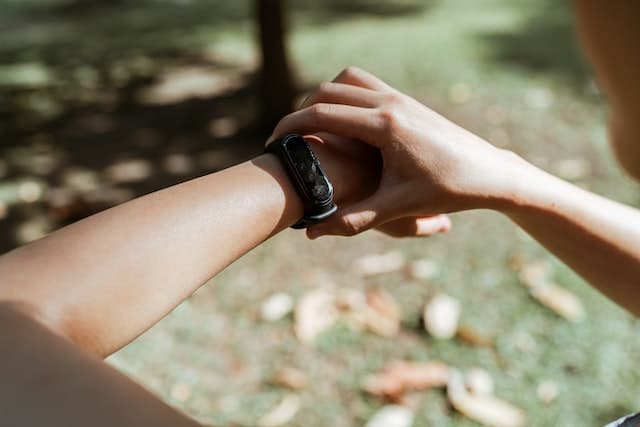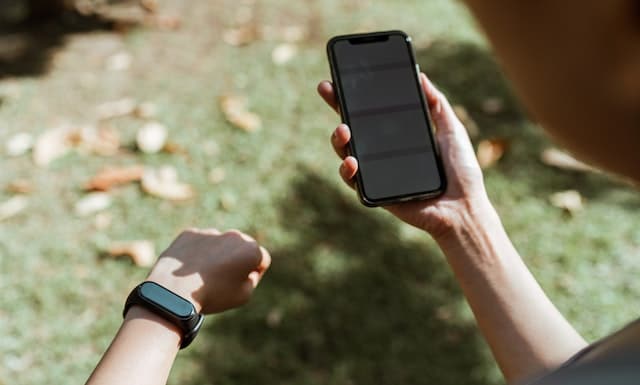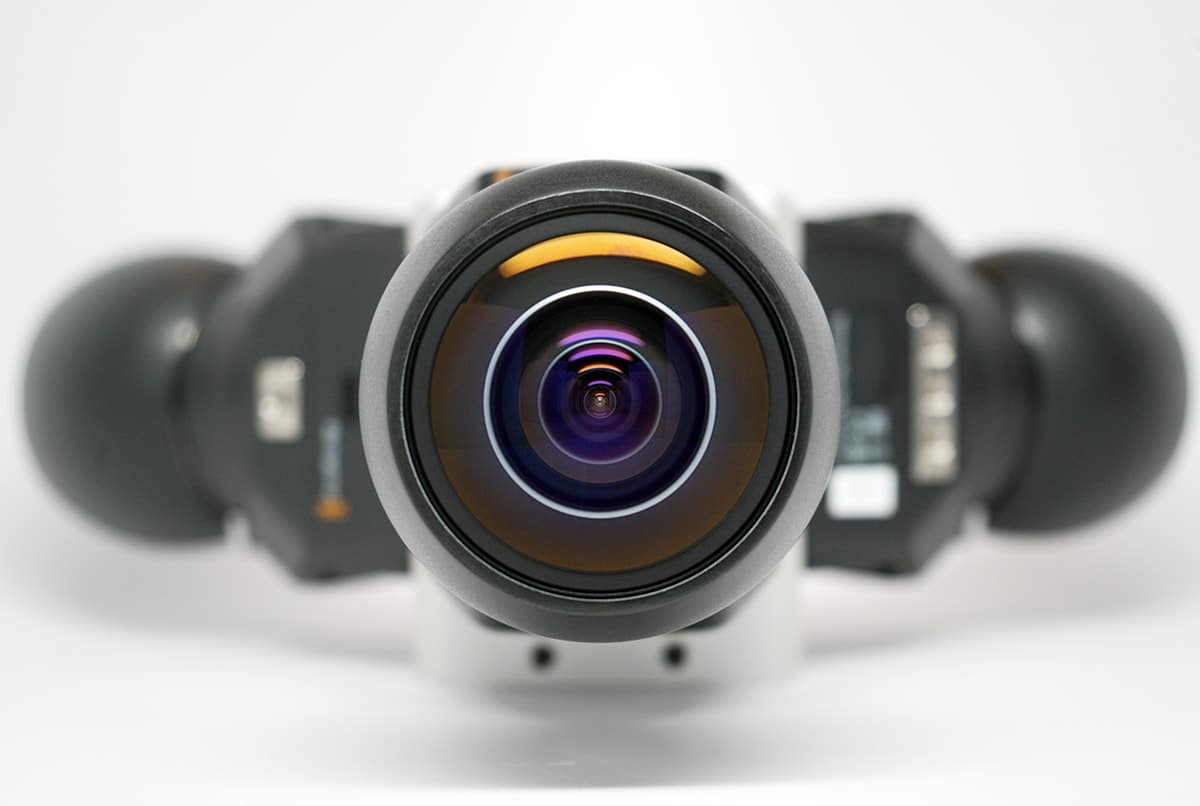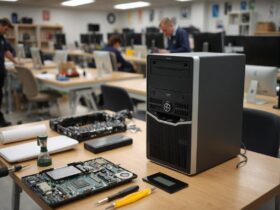Nowadays, every one in six consumers can be seen using a wearable device. Is it just a trend, or is it becoming a medical necessity?
The spiking customer interest in personal health may be the reason for the increasing use of wearable technology; however, the statistics suggest something greater. Far from the days when wearable devices were just an extra accessory, wearable technology is now dramatically becoming a part of the healthcare sector.
The time of pandemic has pushed the occasional use of wearable technology past the line where it got common for consumers to wear it to track health. Wearable devices such as fitness watches are becoming exceptionally popular in people to monitor their health and daily progress. Moreover, new devices are rolling out with better and more advanced features to target observing different health areas.
In the past few years, the use of wearable devices has almost tripled as users become more aware of their health. The increasing demand for wearables is evidence to the tech companies about the high profit that can be achieved by supplying wearable technologies to the healthcare sector.
How Has Wearable Technology Developed Over Time?
Transducers and target receptors are installed into wearable devices that can sense directly from the human body or over the clothing. These wearable devices can detect changes occurring in the body. Their advanced programming allows them to provide real-time updates, which helps healthcare professionals identify the problems that may arise.
Real-time monitoring is required for patients suffering from chronic illnesses like cardiovascular diseases, diabetes, and neurological disorders. According to a study, wearable devices’ goal-setting and self-monitoring functions extensively helped chronic disease patients increase their physical activity.
The concept of wearable technology goes back years ago. For instance, glucose monitors are commonly used for diabetics, and implanted devices like pacemakers give life support to patients.
The development of wearable devices began in 1956 with biosensors. Biosensors helped to find the blood-oxygen levels using electrodes. Then came into existence, glucose analyzer, in 1975.
The advancement of wearable devices continued and dispersed in various directions. Integrating bluetooth technology and communication modules into these devices gave life to the possibility of data transmission. Significant innovations in wearable technology have now eased therapeutic procedures and reduced infection risk.
What Are The Types Of Wearable Technology In Healthcare?
Activity Tracking Devices
At first, the launch of activity tracking devices was not intended to be a part of medical procedures. However, the advanced features installed in these devices now help measure important signs by syncing and transmitting the collected data to cloud platforms for analysis.
Health Monitoring Devices
Health monitoring devices are like sensors and actuators. Their design includes appropriate processing and communication capabilities. Moreover, they function with energy-storing abilities. They can measure a patient’s health, including body temperature, heart rate, and blood pressure. These devices monitor and transmit the patient’s data to their physicians on the installed mobile phone applications.
Therapeutic Devices
Therapeutic devices are capable of real-time monitoring of patient metrics related to disease therapy and treatment. These devices comprise sensors that are utilized for monitoring the physical condition of the patient. This allows the doctors to modify the treatment accordingly. Rehabilitation, pain management, insulin, and respiratory therapy devices are considered therapeutic devices.

How Is Wearable Technology Helping Healthcare?
Wearables have contributed to the healthcare industry in several ways, which gives a good idea of its future in healthcare.
Healthcare wearables began with heart rate monitors and activity trackers. However, the capacity of healthcare technology has significantly widened now. The interfaces of the wearable devices have advanced with user-friendly and engaging interfaces, as per the users’ demand.
Telehealth is a product of digital health technology that bridges the gap between patients and doctors, enabling them to connect efficiently for consultancies and diagnoses. Wearable technology offers the optimal benefit of real-time updates, which helps doctors to monitor their patients easily. Doctors are continuously aware of the patient’s oxygen, blood sugar, heart rate, and blood pressure. This allows them to analyze the patient’s condition and timely plan a suitable treatment.
Wearables allow physicians to identify major health problems at earlier stages. This saves the patients from reaching critical conditions, preventing long-term and severe treatments, and saving their money as the doctors take the required precautions. As a result, the patients experience a better quality of life.
Staying in touch virtually with the patients allows physicians to digitally prescribe medication. Healthcare technology will enable physicians and virtual medical assistants to monitor patients on digital platforms. This is specifically beneficial when time is of utmost importance for the patient’s health.
HIPAA-Compliance is critically maintained in wearable technologies, which smoothens the transmission of patient data.
Most-Used Wearable Technology And Top Wearable Technology Companies
These are some of the most-used wearable devices:
- Smart health watches
- Wearable ECG monitors
- Wearable Biosensors
- Wearable fitness trackers
- Wearable blood pressure monitors
Following are the top wearable technology companies:
- Samsung
- Fitbit Inc.
- Sony Corporation
- Garmin Ltd.
- Xiaomi Inc.
The Takeaway
Wearable technology offers numerous positives to the healthcare industry. This technology has led to accurate diagnoses and improved patient-physician communication. Wearable devices have significantly boosted the quality of healthcare by increasing timely treatments and patient care. Wearable devices are constantly integrated with innovation and enhanced features and sensors that allow physicians to easily and efficiently track patients’ health. Moreover, wearable devices are adding to the awareness of self-monitoring and goal-setting for patients, resulting in better health.














Leave a Reply